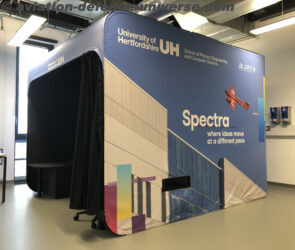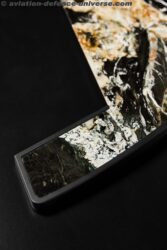São José dos Campos, Brazil. 27 November 2020. With the main goal of supporting customers of the 50-seat ERJ 145 jet in their search for solutions to increase passenger safety and prevent the potential transmission of viruses on board, Embraer recently released a Service Bulletin that allows ERJ 145 operators to install high-efficiency particulate air (HEPA) filters. The kits for the first 70 aircraft are already being assembled and should be delivered by mid-December.
“At Embraer, we are always focused on our customer, on how to better support them and how to further improve our products. Given the moment we are living, developing a HEPA filter service bulletin for the ERJ 145 is a must-have solution Embraer developed for making cabin conditions even safer for passengers,” explains Johann Bordais, President and CEO of Embraer Services & Support.
It took about five and a half months to develop this solution. During that time, Embraer selected the filter and worked through the necessary steps to create the service bulletin, manufacturing and purchasing several of the required parts to develop the kits. Additionally, Embraer is expecting to complete the same initiative for the ERJ 135 and ERJ 140 very soon.
In most aircraft, the air in the cabin is completely refreshed between 20 and 30 times per hour, which is significantly more often than in an office environment and even five to six times more often than in a hospital environment. HEPA filters, which are standard on all versions of the Embraer E-Jets and E-Jets E2 families of commercial aircraft, are extremely efficient, capturing 99.97% of airborne particles and other biological contaminants, such as bacteria, viruses, and fungi.
This technology is also available on Embraer Executive Jets, with the HEPA filter now standard on both the Praetor 500 and Praetor 600.
Earlier this year, Embraer also approved the use of MicroShield360, a preventive coating system that, when applied to aircraft cabin surfaces, continuously inhibits the growth of microbes. The combination of these new features, with the existing cabin environment technologies, equates to a higher level of protection for passengers.
























































































































